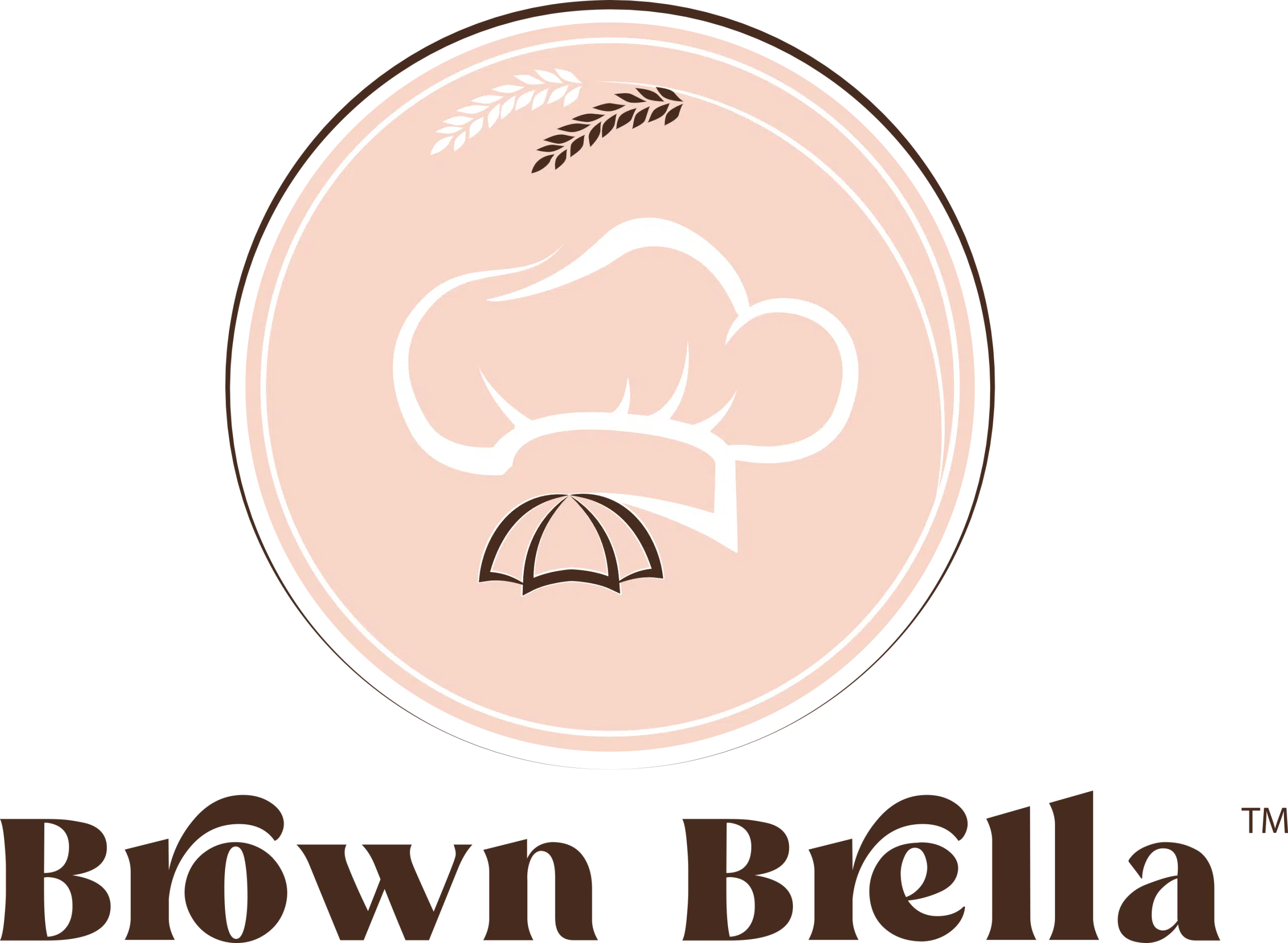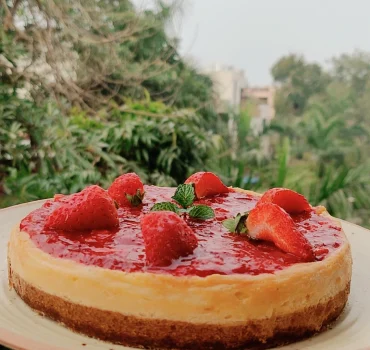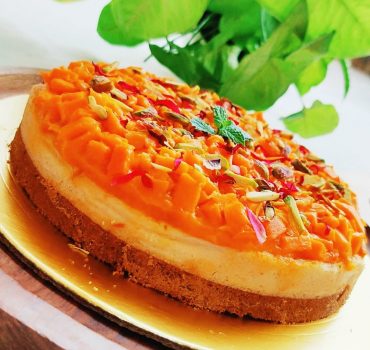Did you know that the first book on making cheesecakes was written in the 5th century BCE? Yes, we humans have been eating cheesecakes for more than 2500 years!
You probably don’t need an introduction to this rich, creamy delicacy if you have a sweet tooth. Have you ever wondered how humans came up with this sweet, silky, creamy cake that instantly melts in your mouth? Read on to find out.
What Is Cheesecake?
Cheesecake is a dessert made of mainly cheese, sugar and eggs but can have other ingredients too. Since it is predominantly made from cheese and looks like a cake with one or more layers, you call it a cheesecake.
The main cheese layer usually contains cottage cheese, cream cheese, ricotta or even heavy cream. It is sweetened with sugar (or other sweeteners) and flavoured with vanilla, chocolate, spices, lemon, and fruits. It usually has a bottom layer, the base which is made of crushed cookies or digestive biscuits, crackers or sponge cake. And like any other cake, you can top it with whipped cream, nuts, chocolate syrup, fruits, cookies or anything that enhances its flavours and creates a visual appeal.
Since it is not always baked, whether a cheesecake is technically a cake or not is still a matter of discussion. Some consider it a pie or tart. But hey, “What’s in a name?” right? Don’t let the name and classification stop you from indulging in your favourite dessert.
How Is Cheesecake Made?
You can find many cheesecake variations around the world but they mainly contain dairy products. The cheese is usually cream cheese mixed with sugar, eggs and flavours like fruits, vanilla, and chocolate. Some variations may include crackers, heavy cream, sour cream, butter or flour.
Since the actual recipe varies, we will give you the normal process. Cheesecake is usually prepared by pouring the cheese mixture on top of a crust in a mould. The crust can be either baked (sponge cake), or unbaked (cookies, biscuits, crackers). In both cases, you need to refrigerate it to set the filling.
Even if traditionally cheesecake contains eggs, like most desserts, you can have egg-free variations too. In fact, BrownBrella’s all desserts are egg-free.
Origin Of Cheesecake
Yes, we said cheesecakes have been around since the 5th century. Ready for some history lesson? Don’t worry, we won’t bore you.
The earliest written record of the dessert dates back to ancient Greece where a Greek physician Aeigmus wrote a book on the art of making cheesecakes. The book is said to be written in the 5th century. But the exact date of origin is unknown because anthropologists have excavated cheese moulds in the Greek island of Somos dating circa 2,000 BCE! That’s 4000 years ago!
When the Romans conquered Greece, they adapted the dish for religious purposes. The book De agri cultura by Cato the Elder describes three recipes for cheesecakes called placenta, libum and savillum. Among the three, placenta has a crust that is baked separately like the modern ones.
After being around for centuries, a slightly modern form of cheesecake appeared in 1390 in an English cookbook, Forme of Cury. This version is called sambocade and is made with elderflower and rose water. However, the name “cheesecake” became popular only in the 15th century. Yet it took 3 more centuries for the dessert to evolve to its current form that mainly included cheese curd and fresh butter.
Then when did the cream cheese come into the picture? In 1872, when William Lawrence, a chef from New York accidentally invented cream cheese. He was trying to recreate French cheese Neufchâtel but ended up finding a way to make “unripened cheese”. The result was a thicker, heavier and creamier cheese. As the sale of cream cheese increased, it became a popular choice of ingredient for cheesecakes by the 1930s which is nothing but the “New York cheesecake” variety.
Types of Cheesecake
Depending on how you prepare the crust, cheesecakes can be broadly classified as baked cheesecake and unbaked (also known as cold) cheesecake. However, some don’t even have a crust or a base. Hence, there are quite a few types depending on the style, region and main ingredients. Below are some of the popular ones:
Classic cheesecake
New York cheesecake
Japanese “Cotton” cheesecake
No-Bake cheesecake
Ricotta cheesecake
Vegan cheesecake
We will talk about each of them in future articles.
Conclusion
So, that was the story of the birth of the rich, silky-smooth, creamy dessert that is called cheesecake. Just imagine the combination of the cream cheese and baked crust topped with nuts, fresh fruits and chocolate or caramel sauce.
We know your taste buds are craving this velvety texture and sweet taste. But you are thinking about your health. Don’t worry, we at BrownBrella make healthy cheesecakes without refined flour, sugar, eggs and preservatives which are perfect to include in your healthy diet.
Want to try some? Head over to our products page to check out the cheesecake menu. Which one are you going to try today? Our personal favourite is Fresh Coconut & Salted Caramel Baked Cheesecake! What, you haven’t heard of Coconut Cheesecake? Connect with us to try this unique & scrumptious cheesecake.




